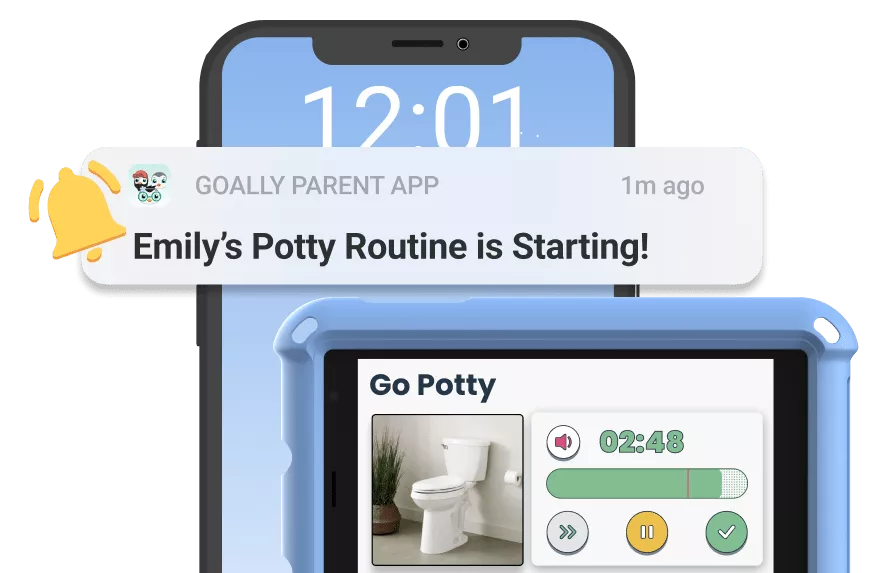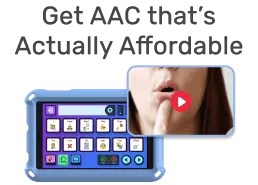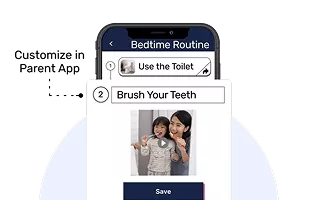As a professional dedicated to supporting children’s educational needs, I’ve encountered many parents who are navigating the complex world of learning disabilities. If you’re wondering whether your child might have a learning disability, understanding the testing process is a critical first step. Today, I’m here to guide you through everything you need to know about testing for learning disabilities in kids, from recognizing the signs to understanding the outcomes.
Table of Contents
What Is a Learning Disability?
A learning disability is a neurological disorder that affects the brain’s ability to receive, process, analyze, or store information. These difficulties can make it challenging for a child to learn as quickly as someone who isn’t affected by a learning disability.
It’s important to recognize that having a learning disability does not affect a child’s intelligence — children with learning disabilities are just as smart as their peers. They simply process information differently.
Goally | The Tablet for Neurodiverse Kids
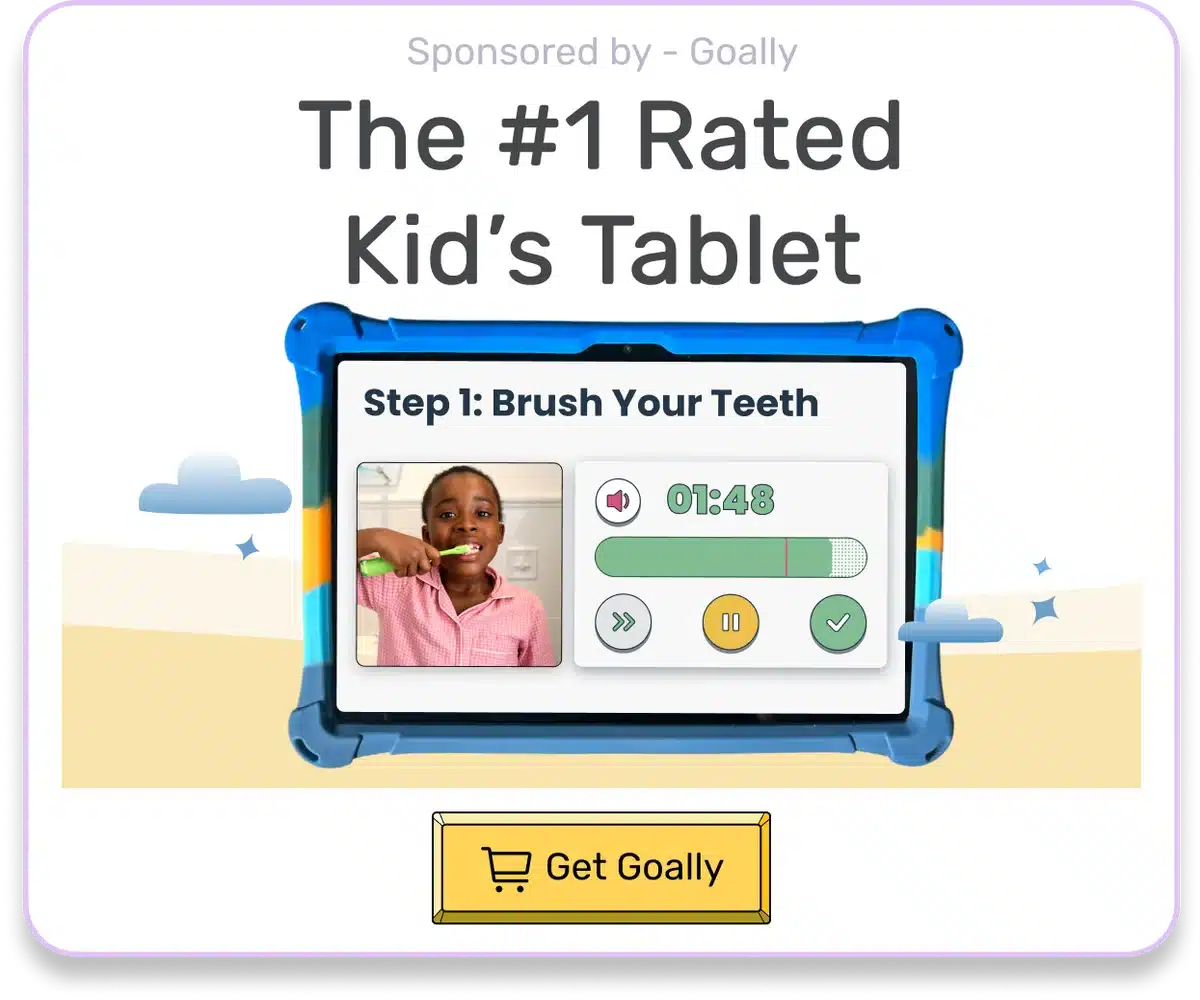
Signs Your Child May Need Testing
If you suspect your child might have a learning disability, there are several signs you might notice. These can include difficulties with reading and writing, problems with math concepts, trouble following directions, poor memory, and difficulties with hand-eye coordination.
Remember, children develop at different rates, but persistent difficulties in these areas may suggest that it’s worth consulting a professional about learning disability testing.
Understanding the Testing Process
Testing for learning disabilities is a thorough process that involves several types of assessments. These tests are designed to measure and observe a child’s ability to think, speak, read, write, and do math. They are generally performed by a trained psychologist and can take several hours to complete.
The goal of these assessments is not just to diagnose a learning disability, but to understand the child’s unique learning profile, which helps in developing an effective educational plan.

Types of Tests Used in Diagnosing Learning Disabilities
There are several types of tests that might be used when assessing for learning disabilities. These include intelligence tests, achievement tests, visual-motor integration assessments, and memory tests.
Each of these tests provides valuable insights into different aspects of a child’s cognitive abilities and can help identify specific challenges that a child with a learning disability might face.
What to Do After Getting the Diagnosis
Receiving a diagnosis of a learning disability in your child can be overwhelming, but it’s a crucial step towards getting the right support. The next steps typically involve working with your child’s school to develop an Individualized Education Program (IEP) or a 504 Plan, which are designed to provide your child with the resources they need to succeed in school.
Additionally, there may be options for therapy outside of school, such as speech therapy, occupational therapy, or tutoring that can also support your child’s learning.
Navigating School and Beyond
Understanding your child’s legal rights is crucial. In the United States, children with disabilities are entitled to a free appropriate public education (FAPE) under the Individuals with Disabilities Education Act (IDEA). Knowing these rights can help you advocate effectively for your child. Moreover, fostering a positive learning environment at home, maintaining open communication with your child’s educators, and encouraging your child’s strengths and interests are all crucial for their development and self-esteem.
Goally | Apps To Support Child Development
Looking for fun ways to help your child learn life skills? Try Goally! The Goally tablet comes with award-winning learning apps and video classes to help kids develop the skills they need to become independent with FUN & evidence-based practices.
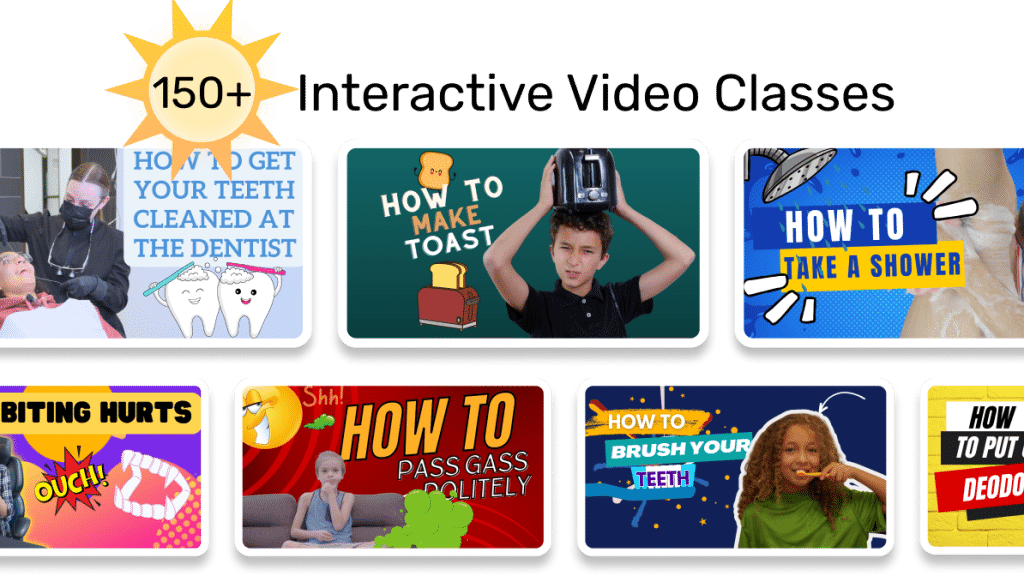
Our apps teach executive function, language, emotional regulation, finger dexterity skills, and more.
As your child develops new skills, you can increase the difficulty level of the tasks in the app to challenge and motivate them even further. This helps your child grow and progress at their own pace, while also keeping them engaged and excited about their development.
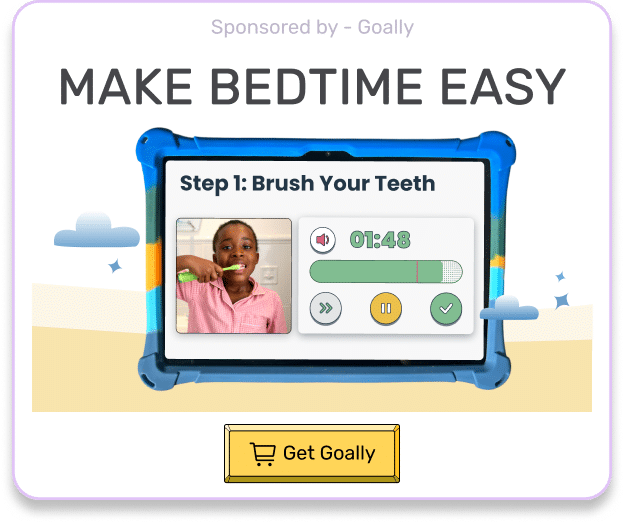
In conclusion, while the journey to identify and support a child with learning disabilities can be challenging, it’s also filled with opportunities for growth and understanding. With the right tools and resources, you can help your child thrive both academically and personally.
Helpful Resources
FAQ’s About Testing for Learning Disabilities
What is a test for learning disabilities?
A test for learning disabilities evaluates a child's cognitive, language, and academic skills to identify specific learning challenges.
How do I know if my child needs a learning disability test?
If your child struggles consistently with reading, writing, math, or following directions, they may benefit from a learning disability test.
What types of tests are used to diagnose learning disabilities?
Common tests include intelligence tests, achievement tests, and assessments for visual-motor integration and memory.
Who conducts learning disability tests?
Learning disability tests are typically conducted by trained psychologists or educational specialists.
What happens after my child is diagnosed with a learning disability?
After diagnosis, an Individualized Education Program (IEP) or 504 Plan is developed to support your child's learning needs at school.
Emily is a seasoned blog writer for Goally, leveraging her extensive background in child psychology and special education to provide valuable insights and resources for parents. Her commitment to understanding and addressing the unique needs of these children, combined with her expertise in educational strategies, makes her a credible and empathetic voice for families.

